Chill Out at These 9 Antarctic Outposts

(Photo: *christopher* on Wikipedia)
Why not head South for the summer, to the frozen lands of Antarctica? There is no better way to beat the heat than in one of the most frigid places on Earth. There aren’t many indoor places to visit in the remote country, with its ice-covered earth, but the few that exist are fascinating. From a historic exploration hut that was left just as it was when it was built, to ice tunnels filled with weird tchotchkes left by visiting explorers, to the Southernmost bar in the world, Antarctica is the ideal alternative to the crowded beaches and boardwalks of the sweaty summer months. Bundle up and take a look at nine of the coolest spots on this hostile continent.
THE BAR AT VERNADSKY RESEARCH BASE
Vernadsky Research Base, Antarctica
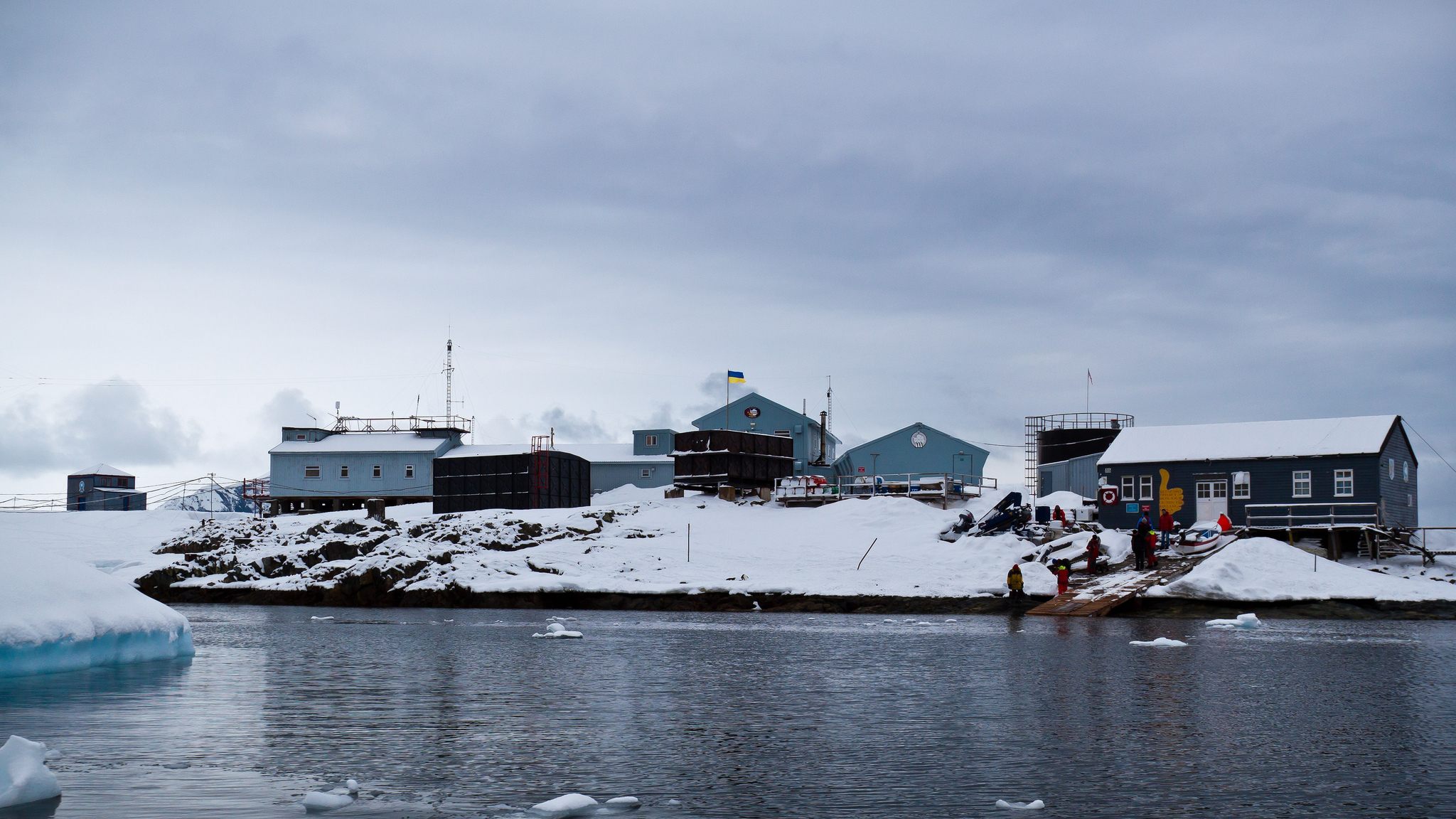
(Photo: ravas51 on Flickr)
Otherwise known as the Vernadsky Station Lounge, this one-of-a-kind bar holds the honor of being the Southernmost bar in the world. The tiny little watering hole was built on the base when some of the original British researchers who originally operated the station commandeered a shipment of wood meant to become a new pier. They instead used the lumber to build the lounge, displaying a clear grasp of priorities. Originally styled after an English pub, the base has since been taken over by Ukraine, and the bar has taken on a more Russian flare. They now serve their own vodka, which is distilled on site.

(Photo: ravas51 on Flickr)
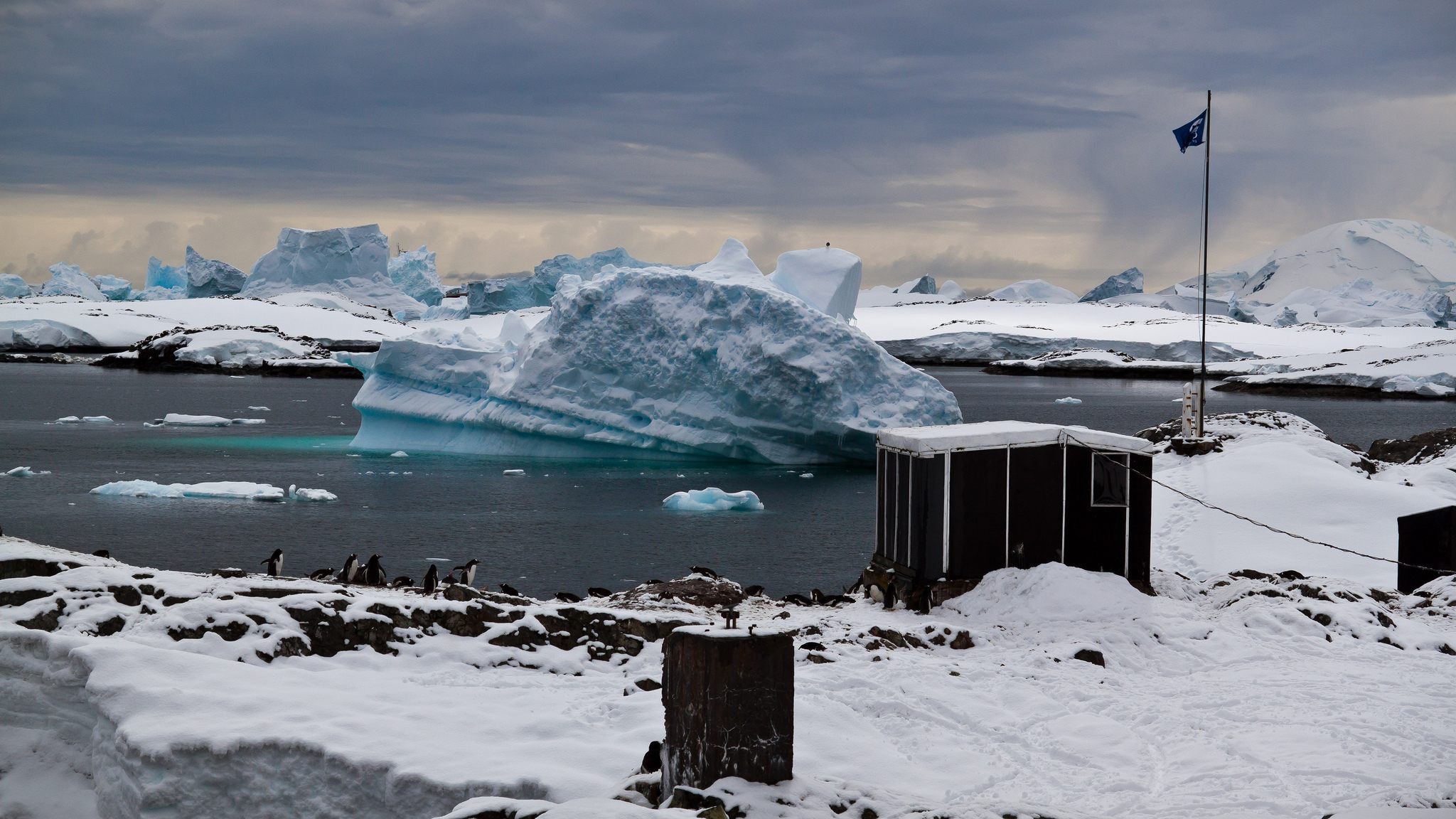
(Photo: ravas51 on Flickr)
ANTARCTIC EXPLORATION MUSEUM & POST OFFICE
Goudier Island, Antarctica
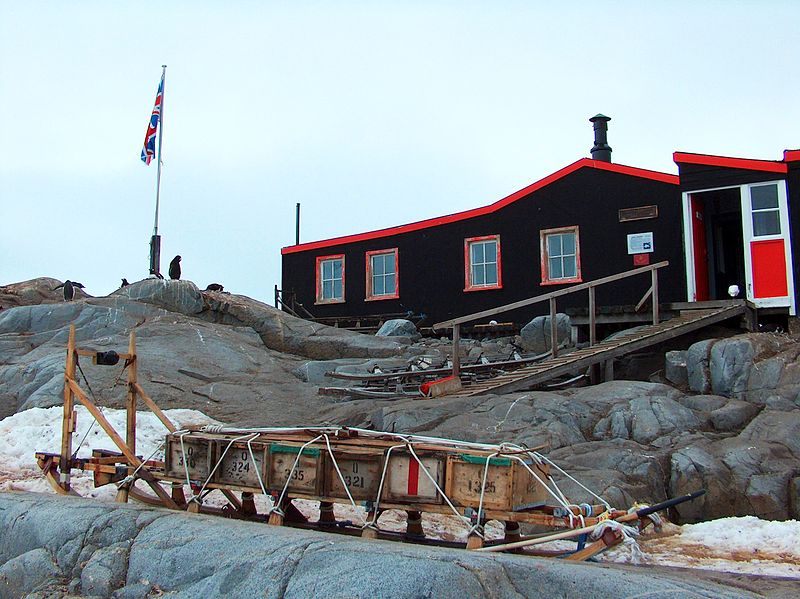
(Photo: Apcbg on Wikipedia)
The little outpost on Goudier Island was originally established by the British military during World War II. Known as Fort Lockroy, the facility was abandoned in 1962, and sat abandoned for decades until restoration efforts began again in the mid-1990s. The site was recognized as a historic landmark and was taken over by the British Antarctic Survey and rechristened the Fort Lockroy Museum and Post Office. The building was restored and many of the preserved rations and items from the fort’s original life were put on display. In addition to getting to check out a bit of Antarctic history, you can also mail a letter home, as the limited space in the freezing desert means most places are dual-purpose.

(Photo: Jason Auch on Wikipedia)
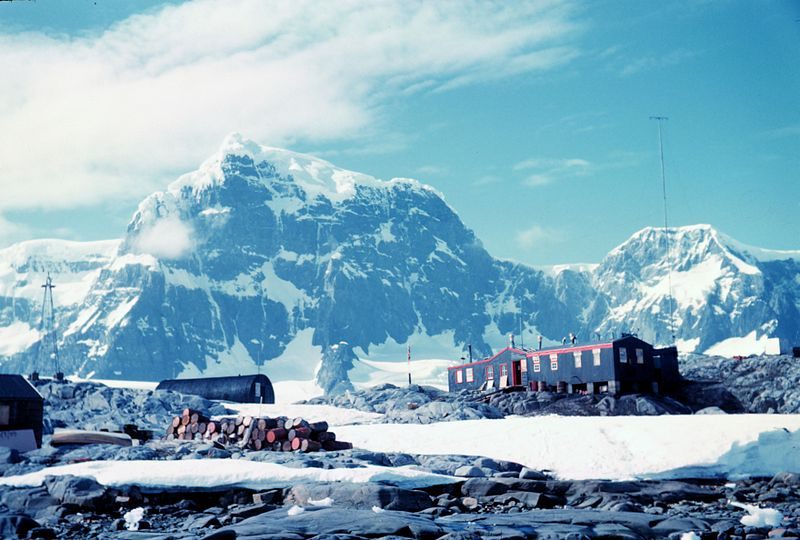
(Photo: Harley D. Nygren on Wikipedia)
SOUTH POLE ICE TUNNELS
Amundsen-Scott Station, Antarctica

(Photo: Devon Pike on Atlas Obscura)
Hidden beneath Antarctica’s Amundsen-Scott Research Station is a network of ice tunnels that are filled with little alcoves containing shrines to the work and adventures of the hearty folk who have called the station home. The ice tunnels beneath the above-ground buildings were dug out in 2002 to provide the various science facilities with water and sewage removal. However, some of the staff at the base found their way into the freezing tunnels and began leaving strange keepsakes from their time in Antarctica, such as a pig’s head in sunglasses, a whole sturgeon, and Mardi Gras beads.
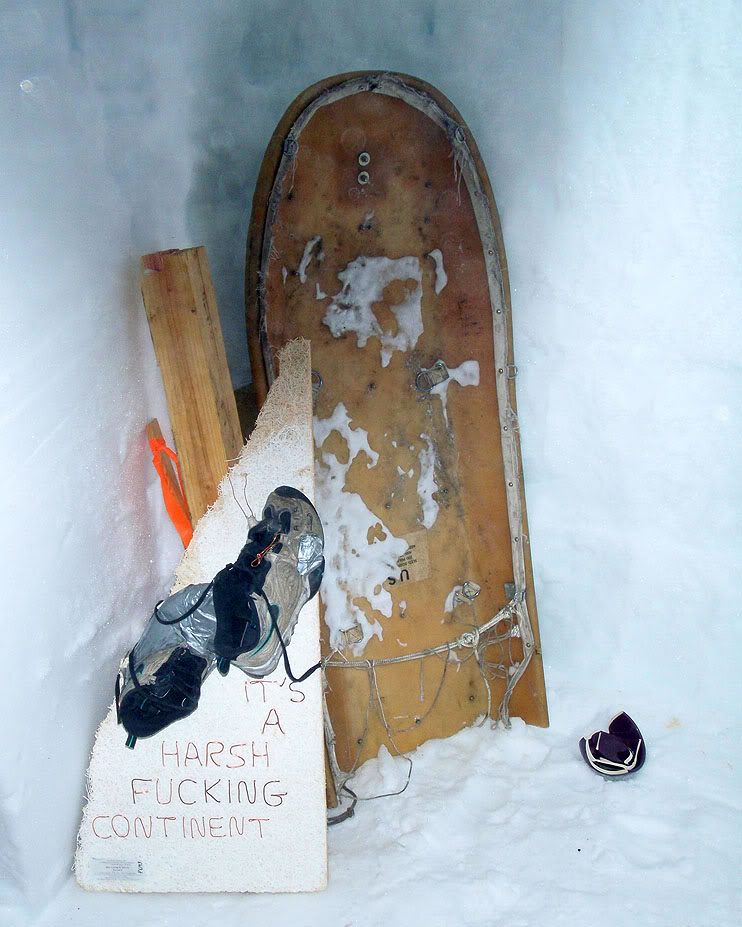
(Photo: Devon Pike on Atlas Obscura)
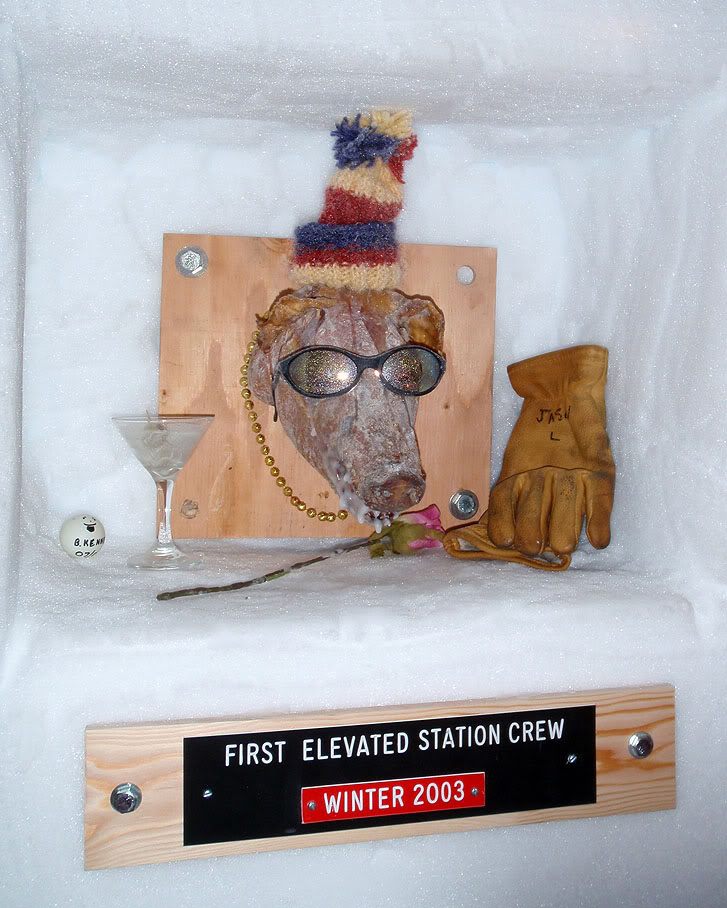
(Photo: Devon Pike on Atlas Obscura)
DISCOVERY HUT
McMurdo Station, Antarctica

(Photo: Tas50 on Wikipedia)
This century-old hut marks a failed early expedition to reach the South Pole. Sitting near where McMurdo Station now stands, the hut was built in 1902 by members of one of the first British Antarctic expeditions. Their inexperience with the harsh southern conditions meant that the hut ended up providing wildly insufficient protection against the wind and cold. Conditions in the base hut were so bad that the explorers preferred to sleep in the ship. Eventually the hut was abandoned, still stocked with provisions, and the expedition was scrapped. The little shack still stands abandoned, but is now recognized as a historic landmark. Old bits of blubber can still be seen hanging from the snow-swept walls, rotten with time but frozen there also.
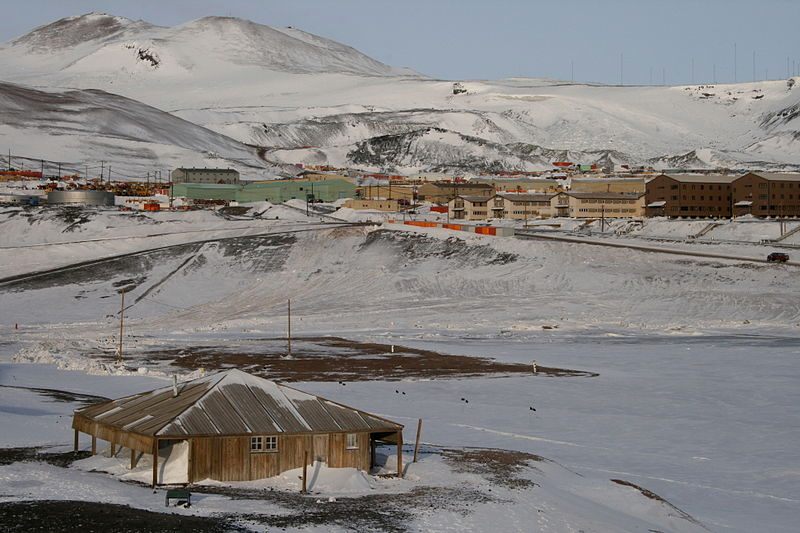
(Photo: Tas50 on Wikipedia)
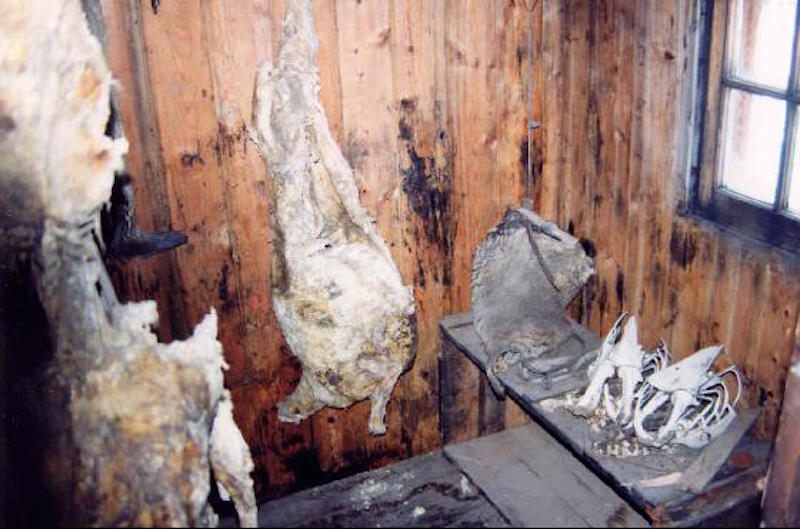
(Photo: Barneygumble on Wikipedia)
TRINITY CHURCH ON KING GEORGE ISLAND
Bellingshausen Station, Antarctica

(Photo: James L. Boka on Wikipedia)
This strange little church, perched on the black sands of King George Island, looks like something out of Harry Potter, but is actually the southernmost Orthodox Christian church in the world. It was built by the Russians in the 1990s to minister to their permanent settlement in Antarctica, Bellingshausen Station. Manned by a couple of volunteer priests at all times, the chapel also serves a number of other international bases in the area. Unlike most of the squat, unadorned buildings in Antarctica, the church brings a warm dose of old world flare to the island, and seems almost miraculous amongst the harsh surrounds.

(Photo: James L. Boka on Wikipedia)

(Photo: James L. Boka on Wikipedia)
WILSON’S STONE IGLOO
Igloo Spur, Antarctica

(Photo: Viola Toniolo on Atlas Obscura)
What now appears to be nothing more than a crude stone ring on Antarctica’s Ross Island is actually the remains of a desperate shelter built during what has been called, “The Worst Journey in the World.” In the early 1900s, a group of explorers led by one Ed Wilson set out on a perilous, 70-mile quest to collect emperor penguin eggs from a colony on the island. Unfortunately the expedition went awry when the weather turned disastrous and the group was forced to create a makeshift igloo out of rocks where they huddled together for three days, waiting for the weather to pass. Today the crumbling stone ring is a protected historic site and various debris from the expedition can still be seen in the area.

(Photo: Viola Toniolo on Atlas Obscura)
MOUNT EREBUS
Antarctica
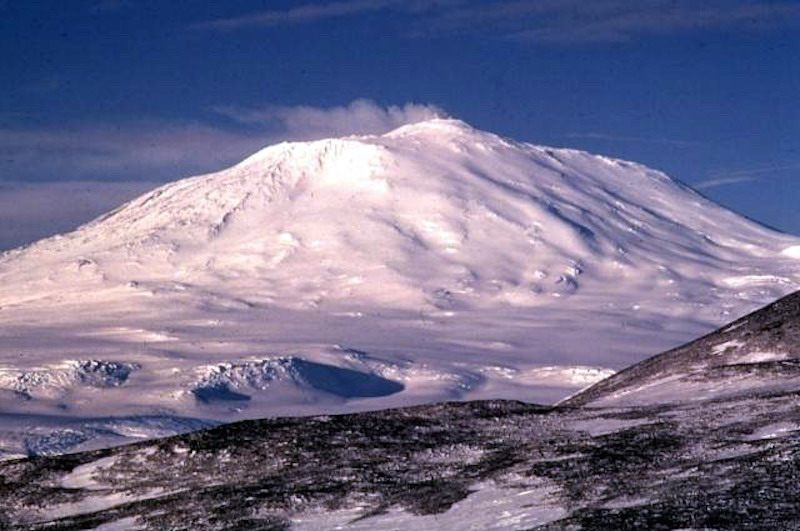
(Photo: Richard Waitt on Wikipedia)
Named after the son of Chaos in Greek mythology, the world’s southernmost volcano brings the rage of fire to the calm cold of the icy south. The steaming mountain peak is a strange sight in the vast and cold skies of Antarctica as it vents gasses into the atmosphere from its bubbling caldera. Despite the devastating temperatures within, the exterior of the mountain still looks simply like snow-covered slopes. Much of the natural landscape of Antarctica is simply an icy waste, but Mount Erebus is the rare natural variation to the rule.
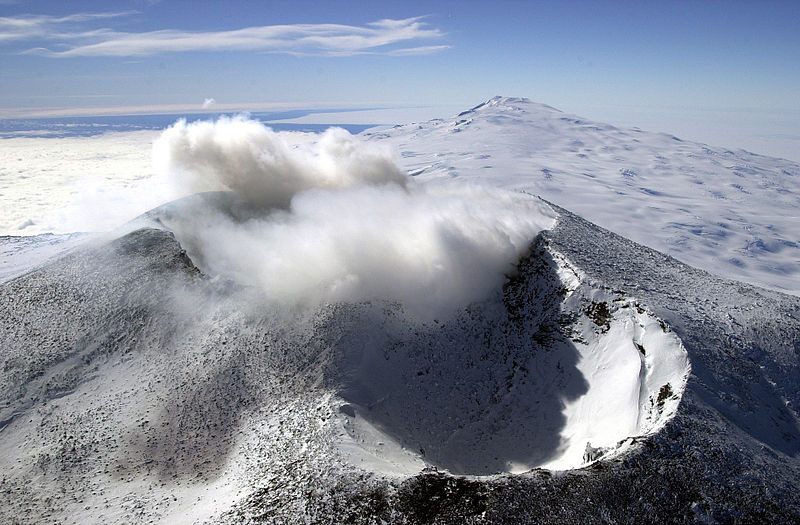
(Photo: Josh Landis on Wikipedia)

(Photo: jeaneeem on Flickr)
ICECUBE RESEARCH STATION
Amundsen-Scott South Pole Station, Antarctica

(Photo: Icecube Research Station)
Despite sounding like a Bond villain’s secret base, and looking like one as well, Antarctica’s IceCube Research Station is the world’s largest neutrino telescope. Part of the Amundson-Scott South Pole Station mentioned that contains the hidden ice tunnels earlier in our list, this massive detection station is looking for those ever elusive ghost particles known as neutrinos. Using 86 identical holes drilled a mile and a half into the ice, detectors are lowered in, hoping to pick up the rare flash of light created when a neutrino slams into a proton. The facility is operated by the University of Wisconsin, and can be though of as a sort of colder version of the particle accelerator at CERN.
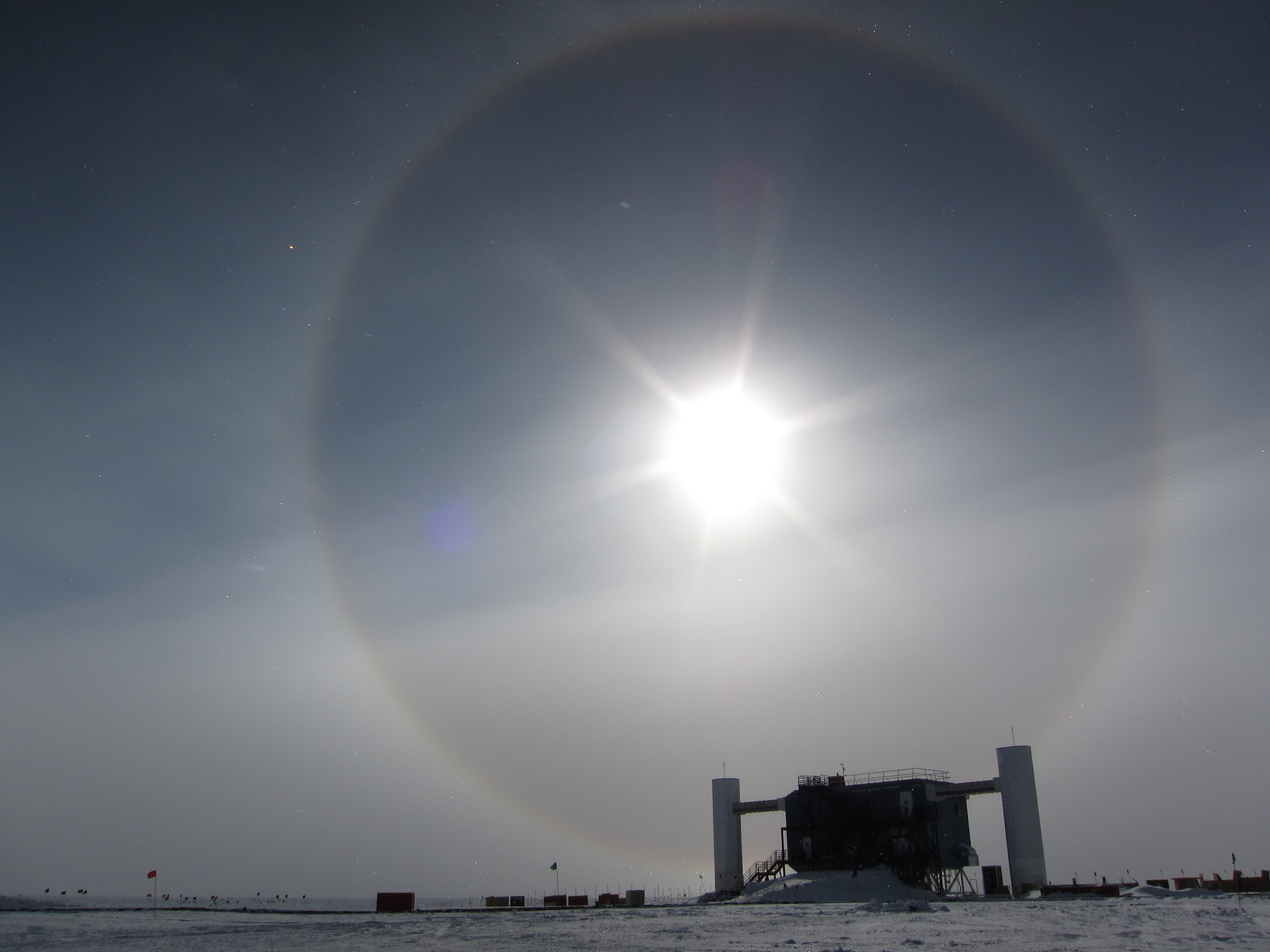
(Photo: Icecube Research Station)

(Photo: Icecube Research Station)
SOUTHERN POLE OF INACCESSABILITY
Antarctica
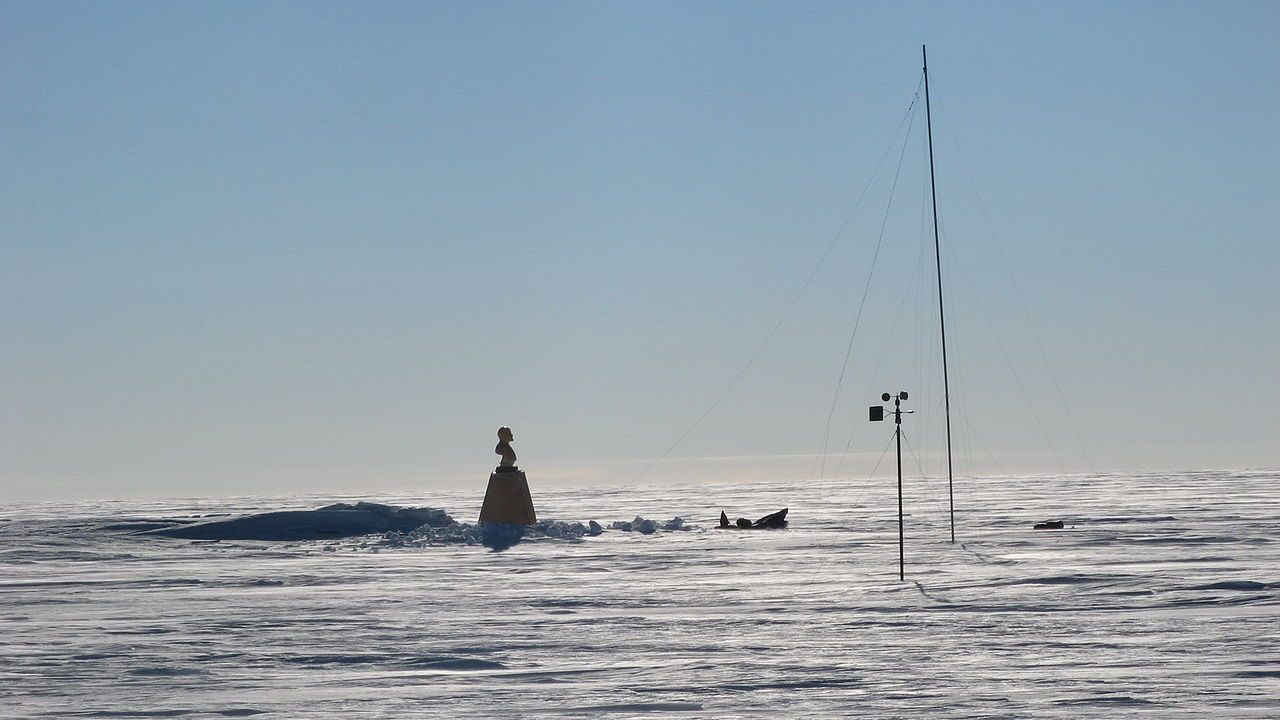
(Photo: Cookson69 on Wikipedia)
Maybe literally the last place on the Earth, the Southern Pole of Inaccessibility is the hardest place to get to in the southern part of the world. It is noted as the furthest point from the southern ocean, making it almost completely unreachable due to the impossibly inhospitable conditions in the land in between. Nonetheless, humans have managed to reach it all the same, the first expedition was led by a group of Russians who reached the spot in 1958, installing a plastic bust of Lenin facing Moscow that still stands today. Later expeditions have reached the spot as well, but the small base that the Russians established had been buried by the snow, and the guestbook that is said to have been left was just as inaccessible as the spot itself.











Follow us on Twitter to get the latest on the world's hidden wonders.
Like us on Facebook to get the latest on the world's hidden wonders.
Follow us on Twitter Like us on Facebook